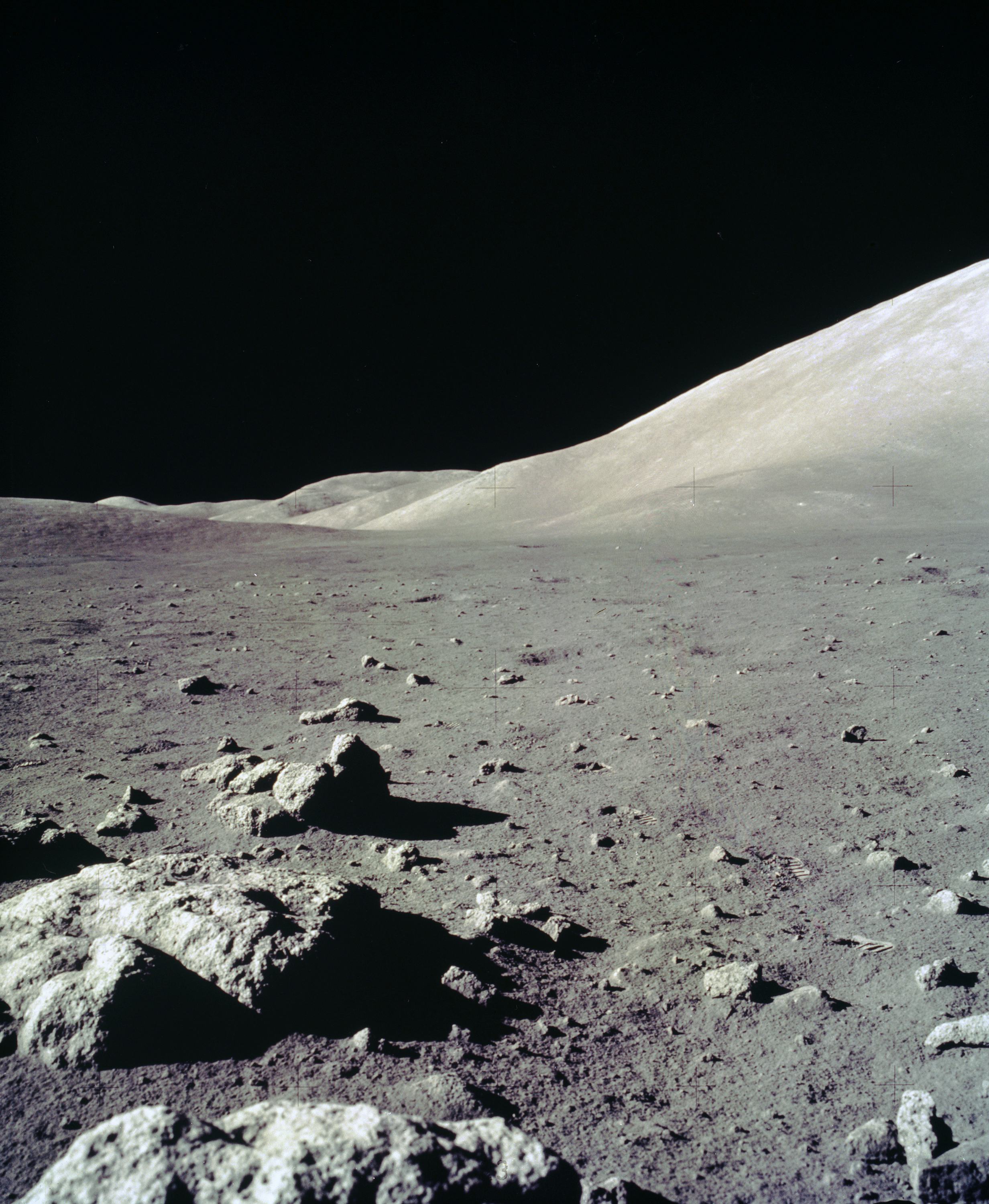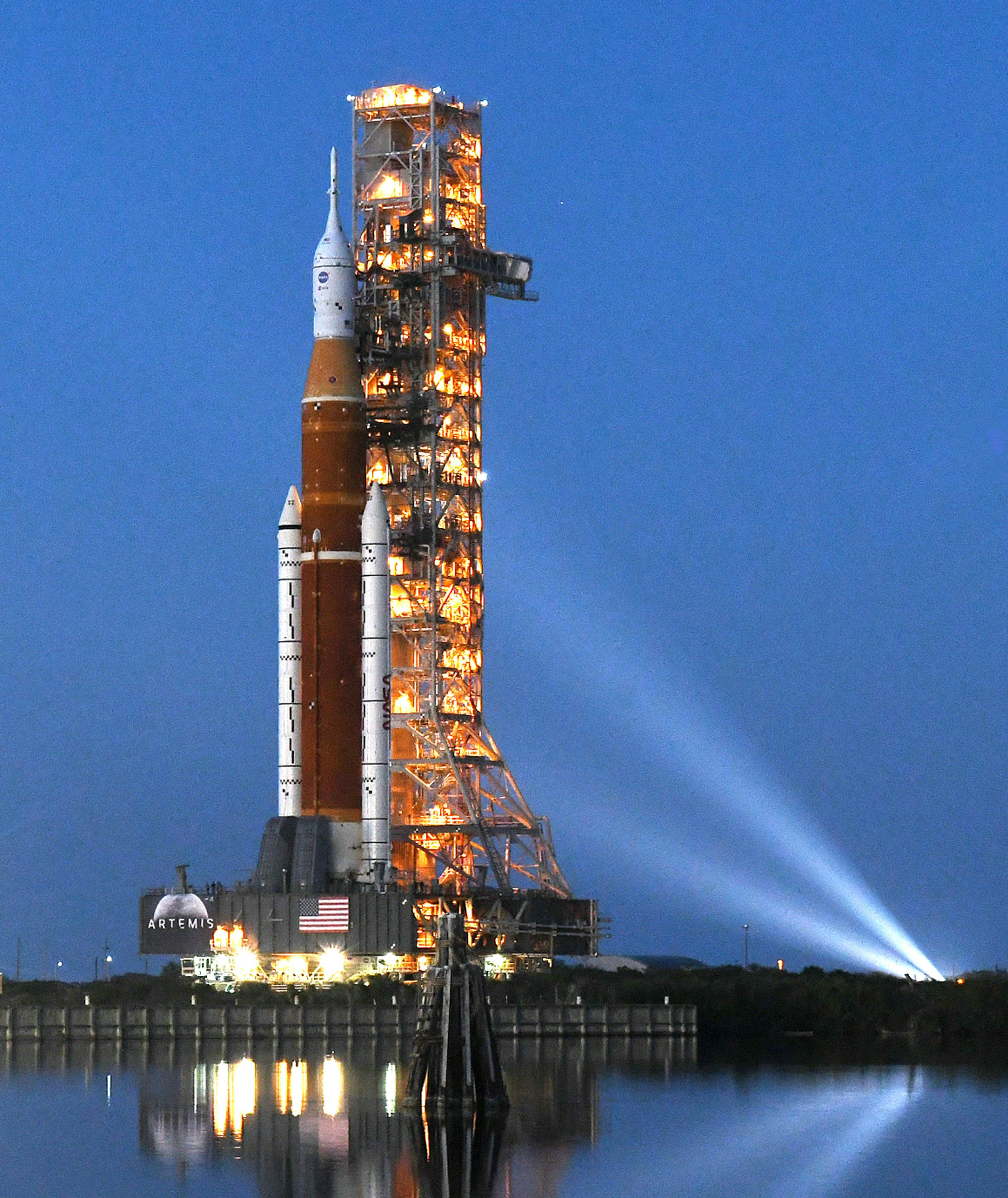
It’s official: Artemis 1 will not be put through a fifth wet dress rehearsal. NASA is now revving up its most aggressive return to the Moon since the Apollo era.
On Friday, space agency leaders announced that the fourth wet dress rehearsal of Artemis 1 last Tuesday was a success. Thus begins the process of preparing the 322-foot-tall vehicle for launch to the lunar environment later this year, targeting the end of August.
When officials looked at Tuesday’s data, they found “no hugely significant things,” said John Blevins, chief engineer on the Space Launch System program at NASA’s Marshall Space Flight Center, in a press conference. They will however test the heritage boosters on Artemis’ lower stage, which first flew for NASA’s space shuttle program. Blevins emphasized this is “not a required test,” but the team felt it was worthwhile to evaluate them.

This piece of the “puzzle” is one of several items that Tuesday’s test did not address. The countdown stopped at T-minus 29 seconds. At that moment the flight software takes over, and it is designed to detect if the engines are not at the right temperature and pressure. A hydrogen leak in the system’s tail mast umbilical triggered the flight software’s reaction.
The team will also send Artemis 1 back to the Vehicle Assembly Building (VAB) as part of the process to get the spacecraft ready to fly. The fully-stacked Artemis 1 — made of the Space Launch System (SLS) lower stage and the Orion capsule atop it — first rolled out of the rocket garage back in March, returned to the rocket garage in late April after the first three wet dress rehearsals showed hardware anomalies, and then came back to Launch Complex 39B earlier this month.
They will “expeditiously” move through that test in the VAB, “hustling to get out,” and set up Artemis 1 for three launch opportunities when it returns to its launchpad.
This vehicle stands taller than the Statue of Liberty. When it lifts off, NASA’s Artemis program will officially begin. Artemis 1 is the uncrewed first flight of this project, and if all goes well, it will be followed by the first crewed mission to the Moon since Apollo.







